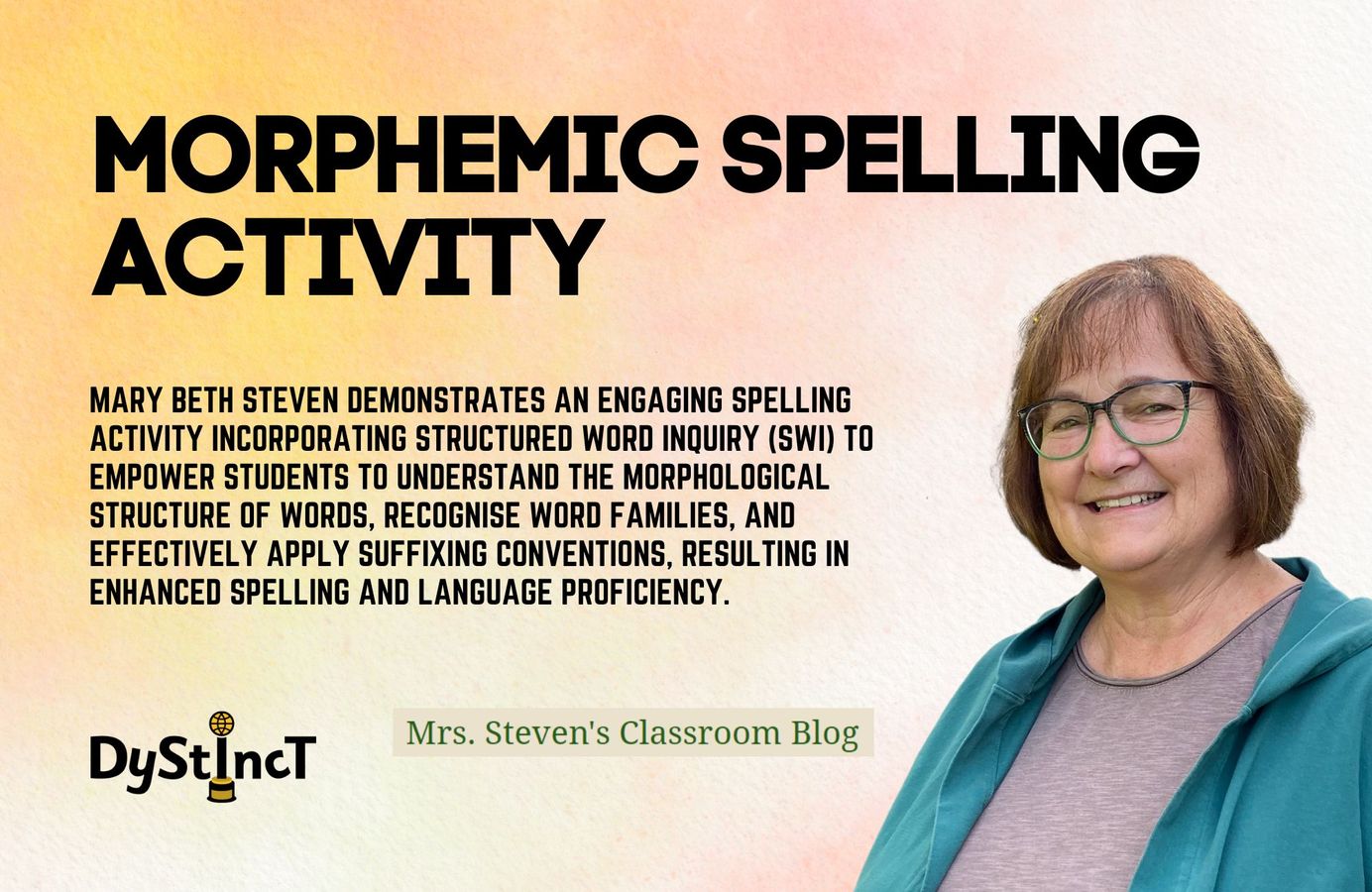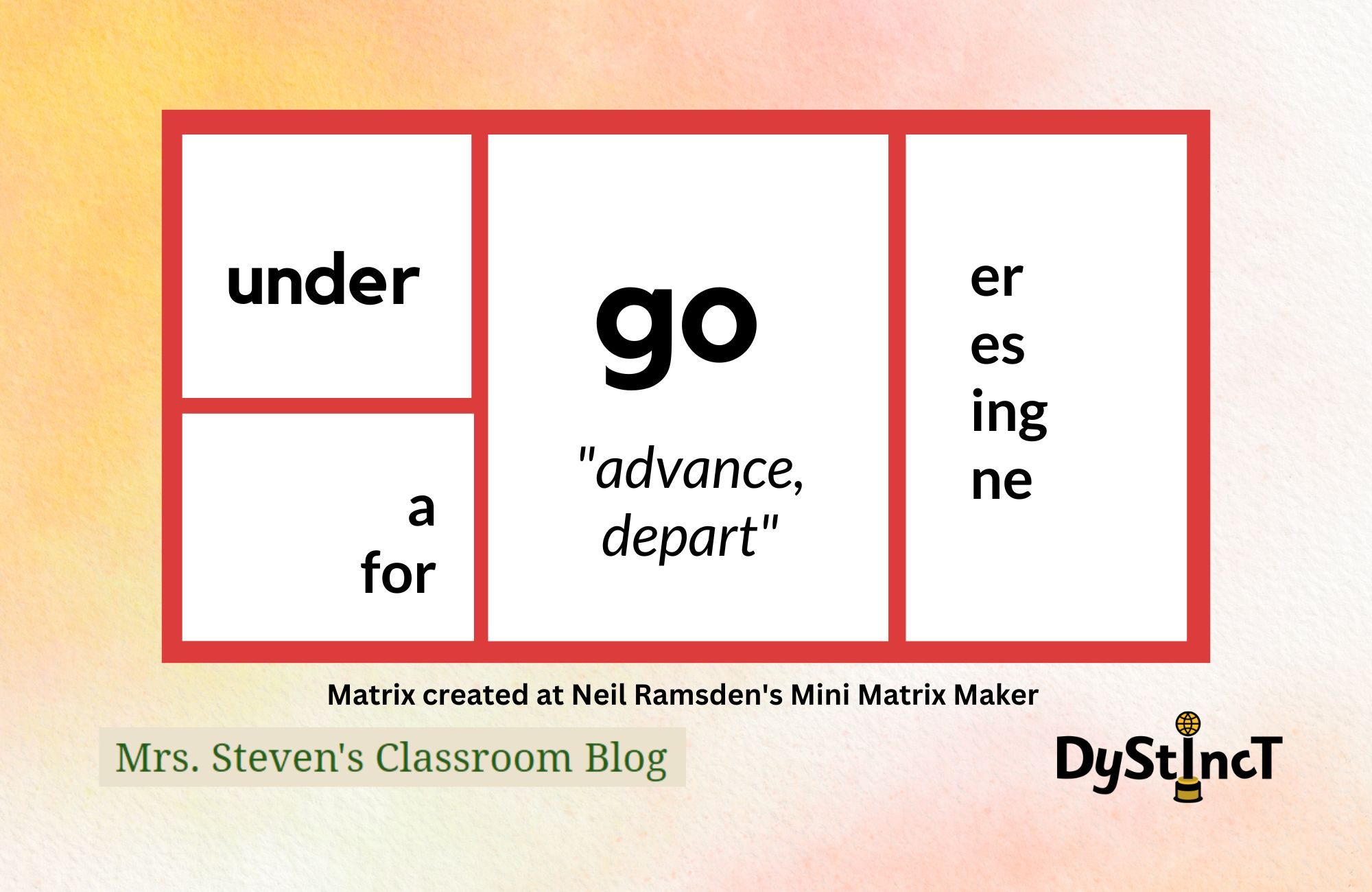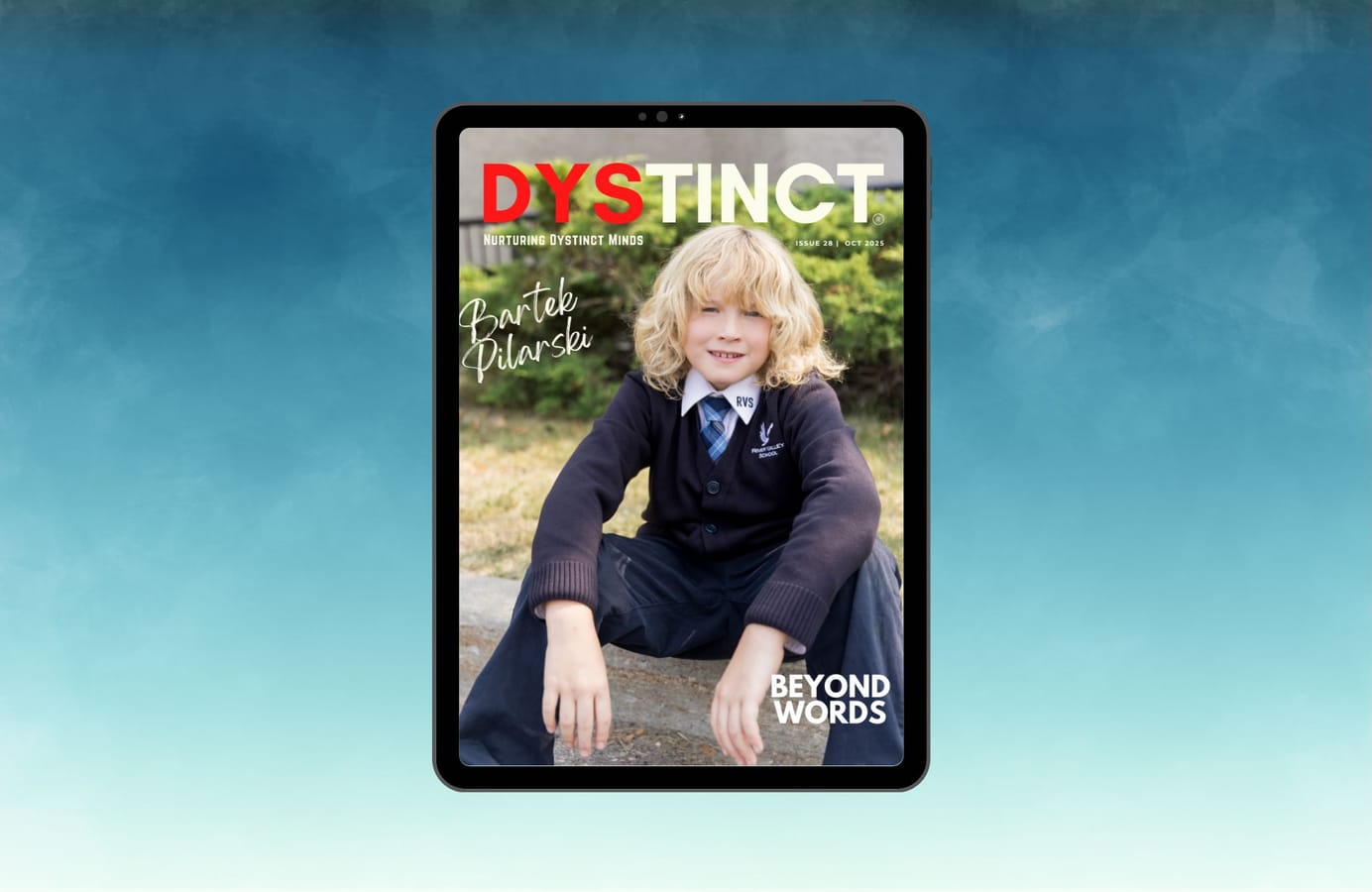
Issue 17: Morphemic Spelling Activity | Mary Beth Steven
Mary Beth Steven demonstrates an engaging spelling activity incorporating Structured Word Inquiry (SWI) to empower students to understand the morphological structure of words, recognise word families, & effectively apply suffixing conventions, resulting in enhanced spelling and language proficiency.
A few years ago, I had my students write me a letter at the start of the school year. It was a way for them to introduce themselves to me. They wrote about their families, their likes and dislikes, favorite activities, and more.
After the initial reading of the letters, I looked at them again, noting misspelled words, sentence structures, legibility of their handwriting, use of margins, and other writing-related features. As I made a list of the misspelled words, what startled me more than anything else was the number of students who misspelled 'goes.' My students were incoming fifth graders (ten years old). This is a word they had been using for years, and yet, 15 out of 60 students couldn't spell it. A look at the attempted spellings revealed the strategy being used – sound it out.
*gows
*gose
*go's
*gous
I knew immediately how to help. The students needed to see the word family for <go>.

I suspected that the students understood that 'go' and 'goes' were related in meaning, but I wondered if they had ever actually seen 'go' surrounded by the other members of its word family. Had they seen that every member includes the base <go> or that we build those members by adding elements to <go>? If they had, they would not be thinking that *<ws> was a suffix to add to <go>, would they?
After showing my students that 'goes' was composed of <go + es>, I concluded that this kind of misunderstanding probably comes from students learning the spelling of a word outside of its family. An example of this is when second-grade students learn the word 'busy,' but it isn't until three years later that they learn 'business.' I wanted to change that. I wanted my students to see how words are related by spelling and meaning, so I created the activity below. Not only have my students grown in their understanding of the morphological structure of words, but they've also had opportunities along the way to better understand the suffixing conventions and so much more!
When we talk about morphemes, we are talking about the smallest forms in a word that carry or contribute to that word's meaning. When we write the word sum for 'helping' as <help + ing>, there is a recognition that the word has two morphemes. This word consists of a base plus a suffix. Some words consist of one morpheme. When that is the case, that morpheme is called a free base. Morphemes that are free bases don't have to have other morphemes fixed to them. They can, of course, but it isn't necessary in order for us to recognize the free base as a word. The words 'help' and 'helping' both have the free base 'help.' We call that a free base because it can be used as a word on its own. The suffix <ing>, on the other hand, is a bound morpheme. It must be fixed to a base in order for us to use it. When used, it is always part of a word but is not a word on its own. All prefixes, connecting vowel letters, and suffixes are bound – but so are some bases. I begin this activity using free bases because my students are familiar with the words, and I am highlighting the morphemic structure in the words they already know.
Preparation
Preparation
Before I ask my students to engage in the following activity, they need to know what a word sum is. I might use a word like 'jumped' to demonstrate. If I write it as a word sum, I am showing the two morphemes that combine to create this word. The word sum would be <jump + ed -> jumped>. I would also demonstrate that we read this word sum as "j u m p plus ed, which is rewritten as jump ed." Notice that the graphemes in the base are read individually, but the graphemes in the suffix are read quickly, as a unit. The arrow is where we pause and look back at the place where the base is joined to the suffix. Do we need to apply any suffixing conventions? Since we don't, we move on and spell the completed word, leaving a slight pause between the base and the suffix to indicate awareness of the two elements.
Activity – Spelling by Morphemes
Activity – Spelling by Morphemes
I start by choosing a free base and 5-7 words that have the same free base in their structure. Notice that I've chosen a free base they are very familiar with. My goal with this exercise is to show them that words have structure - meaning they are built of one or more morphemes.
<help>
helper
helped
helps
helping
unhelpful
I have the students write the base we are focused on at the top of their paper. I tell them that I will be reading a word and asking them to write a word sum for it on their paper. I demonstrate what I mean by writing the word sum for 'jumped' (jump + ed -> jumped) on the board. I also tell them that the spelling of the base 'help' will be the same in each word sum. It is the base that carries the main meaning in the words that I'm about to read. If we change it or split it into something like 'he + lp,' it is no longer the base 'help' with the meaning of "offer aid."
I proceed by reading the first word on my list. I read it, use it in a sentence, and then read it again. I give the students time to write 'helper' as the word sum <help + er -> helper>.
This process is repeated for each word on my list. Once the students have written down their word sums, I ask for volunteers to write the same word sums on the board. As this is happening, I ask students to compare what they have on their paper to what they see on the board. Do they have any questions? Have they written a word sum for each? I've had some students use an equal sign instead of a process arrow. This is where I can point out that the arrow indicates that joining the morphemes is a process that results in a completed word. The two sides of the word sum may or may not be "equal."
The next step is to ask students to read aloud the word sums. It's important to begin asking students to spell out each morpheme. (This may be something the adult needs to practice as well.) This is important because announcing morphemes as if they are words can confuse students and send the wrong message about what is a word and what is not. Besides, we don't really know the specific pronunciation of each morpheme until it's part of a completed word. Take the base <dict> "say or tell," for instance. Even though we see it in predict, diction, and indict, there isn't a consistent pronunciation that makes sense to use.
This post is for paying subscribers only
SubscribeAlready have an account? Log in


